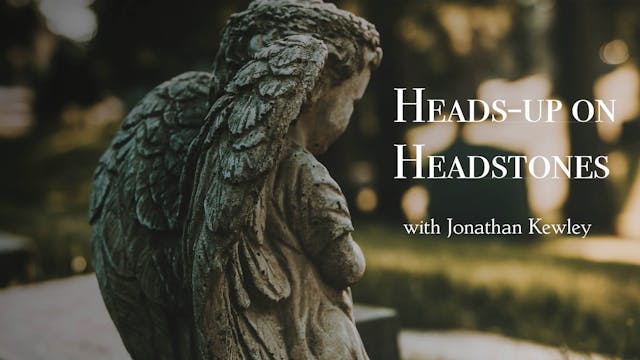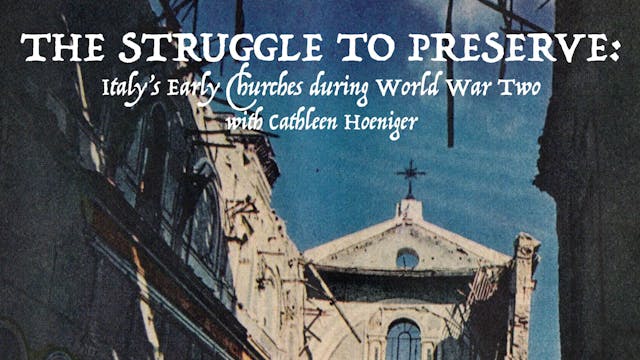Cecilia in the Gallery
Our Free Lectures
•
1h 4m
It is probably one of the uncelebrated triumphs of the Georgian Anglican Church that, in most parishes where they were appointed, women organists were employed on the same terms as men. They took part in open elections and when appointed they received the same salary. This would appear to be an exceptional and early example of equal opportunities at a time when women faced great difficulties and barriers to advancing any sort of professional life. More than two hundred women organists have been identified as being in post between 1750 and 1850. So, how and why did this happen?
One of the reasons why women were appointed as organists in the latter half of the eighteenth century was that they represented the largest pool of people with the requisite skills to play the peculiarly English type of organ that was being installed in parish churches and chapels during this period. However, the women who were appointed were usually not from the layer of society where keyboard competence was an accepted ‘accomplishment’ but rather from musical families who provided the professional musicians, both performers and teachers, that supported public and private music throughout Georgian and early-Victorian Britain.
There are probably many reasons why professional women organists lost ground as the nineteenth century progressed. For example, changes in financing of organists’ stipends through the church rate from the 1820s onwards reduced the number of available salaried positions and changes in liturgical practices disfavoured women organists. Furthermore, the rapidly expanding urban areas allied with industrialisation offered more opportunities for work for women.
This talk will focus on the careers of a number of women organists who worked in both London and provincial towns and cities over the hundred years from 1750 in the context of the changing nature of organs and roles of organists in Georgian and early-Victorian Britain.
Up Next in Our Free Lectures
-
Heads-up on Headstones
Most old churches, including those cared for by the CCT, are surrounded by churchyards full of gravestones, but how much do we know about them - the variety of forms they take, and who commissioned or made them? This talk will give an initial overview of English churchyard memorials from the Refo...
-
Shadowlands: A Journey Through Lost B...
This is the forgotten history of Britain's lost cities, ghost towns and vanished villages: our shadowlands.
Britain's landscape is scarred with haunting and romantic remains; these shadowlands that were once filled with life are now just spectral echoes. Peering through the cracks of history, we...
-
The Struggle to Preserve Italy’s Earl...
This talk will focus on the plight of historic churches and their ornamentation in Italy during World War Two. Drawing on documents and war photographs, Cathleen will feature a few specific churches, and explore three stages in the preservation process. These are the establishment of anti-aerial ...



